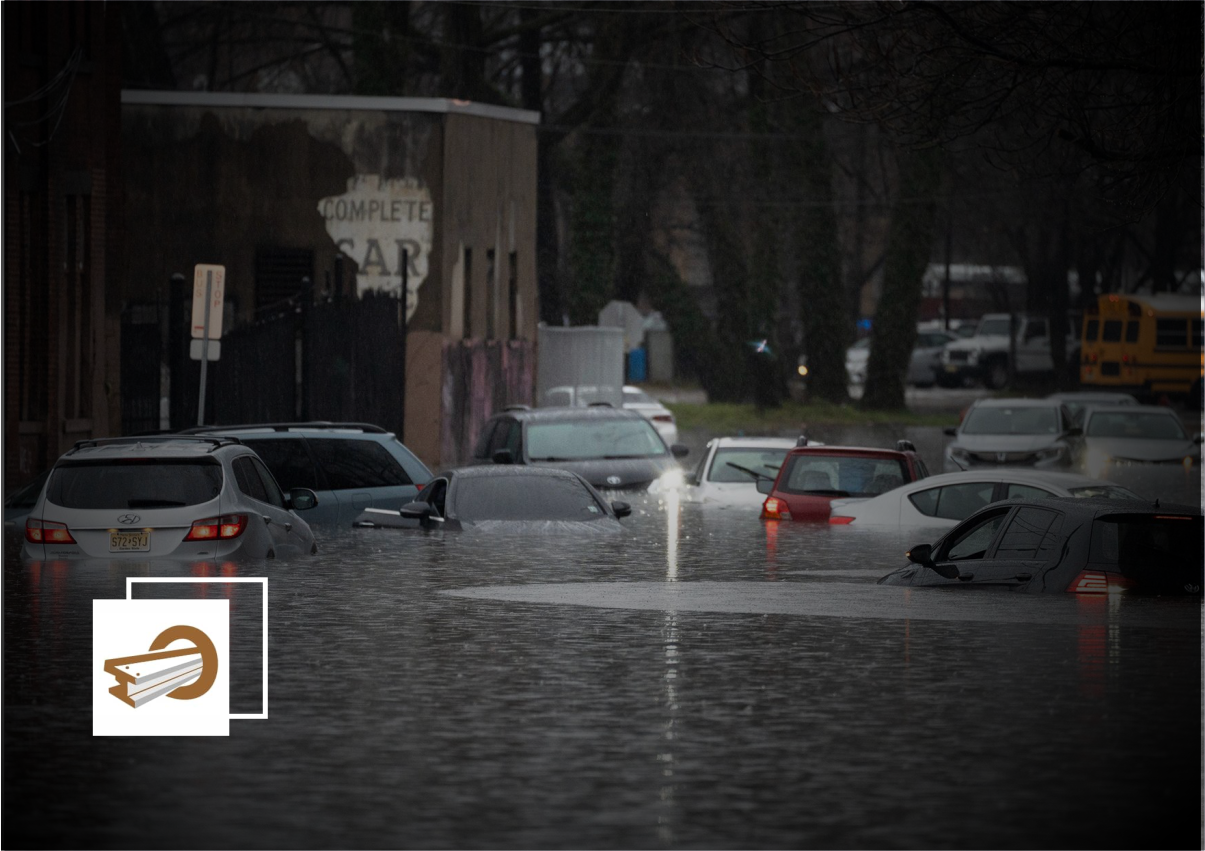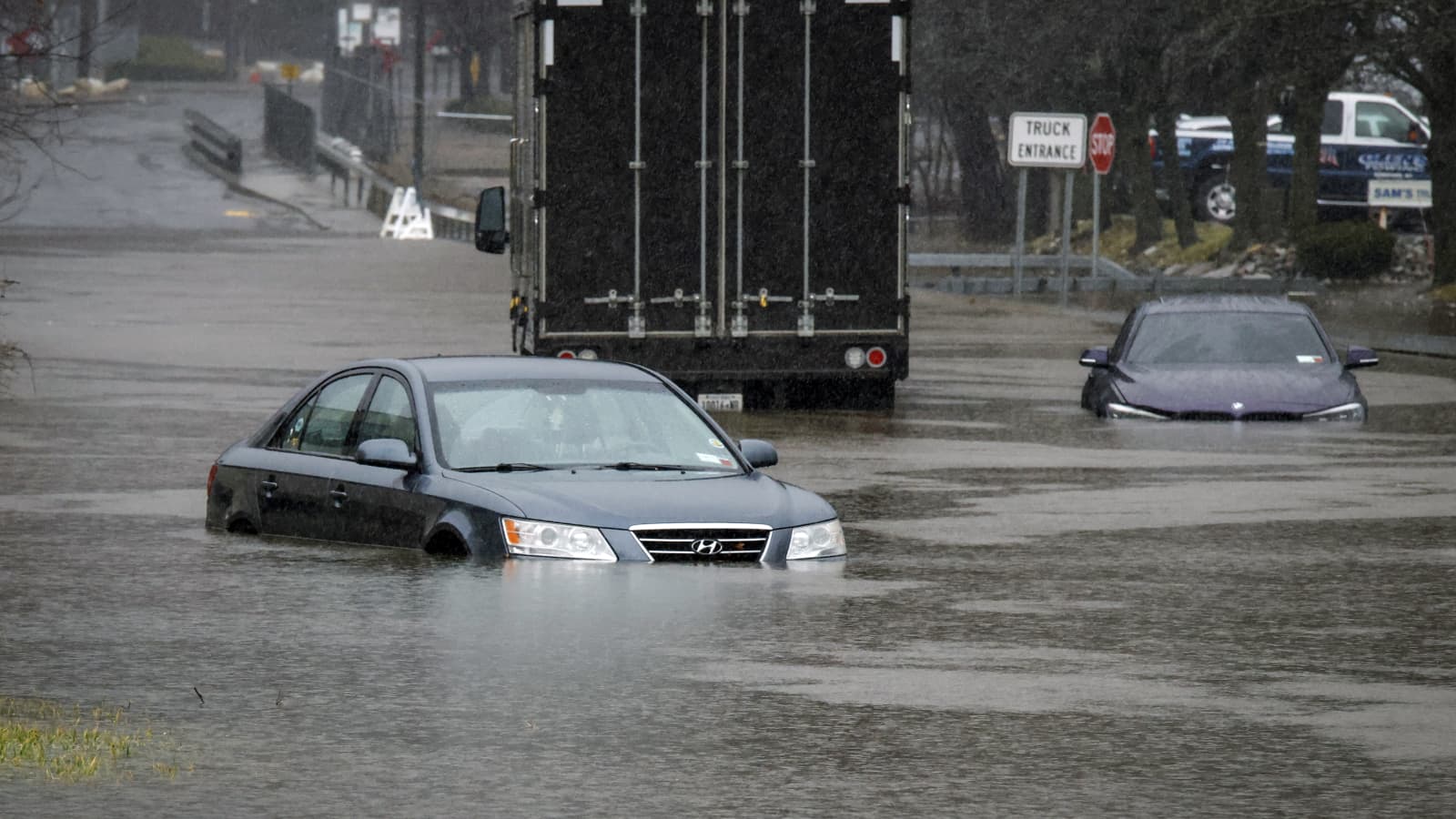
Emergency flood repair pertains to the prompt and critical measures implemented to mitigate the detrimental effects inflicted by flooding on a structure. Floods may arise from diverse origins, such as severe precipitation, cyclones, ruptured pipelines, or natural catastrophes.
Timely action is of the essence in mitigating additional harm, safeguarding occupants, and preserving the structural soundness of a building when a property, whether commercial or residential, is situated inundated by water. The essential elements of emergency flood restoration comprise:
- Water Extraction: The first step is to remove standing water from the affected area quickly. Professional water extraction services use specialized equipment to efficiently pump out water and prevent it from causing additional damage.
- Drying and Dehumidification: After water extraction, the property needs to be thoroughly dried to prevent mold growth. Industrial-grade drying equipment and dehumidifiers are used to eliminate excess moisture and create a dry environment.
- Structural Inspection: Professional inspectors assess the structural integrity of the building to identify any damage caused by the flood. This includes evaluating the foundation, walls, support beams, and other structural elements.
- Structural Repairs: Based on the inspection findings, necessary repairs and reinforcements are prioritized. This may involve fixing foundation cracks, replacing damaged support beams, and reinforcing weakened structures to ensure the overall stability of the property.
- Mold Remediation: Floodwaters create conditions conducive to mold growth. Mold remediation involves inspecting for and removing any mold that may have developed in the property. This is crucial for preventing health issues and avoiding long-term damage to the building.
- Sanitization and Disinfection: Floodwaters can introduce contaminants and bacteria into the property. Sanitization and disinfection are essential to eliminate potential health hazards and create a safe living environment for occupants.
- Insurance Claims: Landlords typically file insurance claims to cover the costs of emergency flood repair. This involves documenting the damage, understanding the insurance policy, and submitting a claim in a timely manner to expedite the reimbursement process.
- Tenant Communication: Keeping tenants informed throughout the emergency flood repair process is crucial. This includes notifying them immediately, providing regular updates on progress, and offering guidance on any necessary precautions or temporary relocations.

The objective of emergency flood repair is to expeditiously reinstate the property to a condition that is habitable and secure, thereby mitigating the adverse effects of the flood on the structure and its occupants. Implementing prompt and efficient measures in the initial phases of a flood can substantially mitigate the enduring repercussions and enhance the property’s overall resilience.
Immediate Response: Mitigating Further Damage
When a property experiences flooding, time is of the essence. Immediate response is crucial to mitigate further damage and prevent the situation from escalating. Water damage can compromise the structural integrity of a building, damage electrical systems, and create an environment conducive to mold growth. Landlords need to have a contingency plan in place for such emergencies, ensuring a swift and effective response.
Quick Water Extraction
The first step in emergency flood repair is the quick extraction of water from the affected property. Water removal should be done promptly to prevent it from seeping into walls, flooring, and other structural elements. Professional water extraction services have specialized equipment that efficiently removes water, minimizing potential long-term damage.
Drying and Dehumidification
After water extraction, the property must be thoroughly dried to prevent mold growth. Mold can develop within 24-48 hours of water exposure, posing health risks to occupants and further damaging the property. Landlords should invest in industrial-grade drying and dehumidification equipment to ensure a complete and rapid drying process.
Structural Integrity: Ensuring a Safe Environment
Flood damage often compromises the structural integrity of a property, leading to weakened foundations, warped walls, and damaged support beams. Emergency flood repair is essential to assess and restore the structural stability of the building.
Structural Inspection
Professional inspectors should be brought in to assess the extent of the structural damage caused by the flood. This includes evaluating the foundation, walls, and support structures. Identifying and addressing structural issues early on is crucial to prevent further deterioration and ensure the safety of the property.

Repairs and Reinforcements
Based on the inspection findings, landlords must prioritize necessary repairs and reinforcements. This may involve repairing foundation cracks, replacing damaged support beams, and reinforcing weakened walls. Strengthening the structural integrity of the property not only safeguards its value but also protects the well-being of tenants.
Health and Safety: Addressing Mold and Contamination
Floodwaters often bring contaminants into a property, and the damp conditions left behind create an ideal environment for mold growth. Health and safety concerns must be a top priority for landlords dealing with flood damage.
Mold Remediation
Mold can pose serious health risks, including respiratory issues and allergies. Landlords should hire professional mold remediation services to thoroughly inspect and remove any mold present in the property. This not only ensures the health and safety of tenants but also prevents long-term damage to the building.
Sanitization and Disinfection
Floodwaters can introduce harmful bacteria and contaminants into a property. Sanitization and disinfection are crucial steps in emergency flood repair to eliminate potential health hazards. Landlords should use specialized cleaning agents to sanitize surfaces and ensure a safe living environment for tenants.
Insurance Claims: Navigating the Process
Navigating the insurance claims process is a critical aspect of emergency flood repair for landlords. Having comprehensive insurance coverage is essential, and understanding the claims process can expedite the restoration of the property.
Documenting Damage
Landlords should meticulously document the flood damage by taking photographs and keeping detailed records. This documentation serves as crucial evidence when filing an insurance claim and helps in accurately assessing the extent of the damage.
Timely Claim Submission
Submitting an insurance claim promptly is essential for a swift resolution. Landlords should familiarize themselves with their insurance policy and adhere to the specified timelines for claim submission. This proactive approach ensures that the necessary funds are disbursed promptly for the emergency flood repair.
Tenant Communication: Building Trust and Transparency
Effective communication with tenants is key during the emergency flood repair process. Transparent and timely updates help build trust, manage expectations, and demonstrate the landlord’s commitment to resolving the situation.
Immediate Notification
As soon as flooding occurs, landlords should notify tenants promptly. Clear communication about the steps being taken for emergency flood repair and any temporary relocations or inconveniences is vital. Tenants will appreciate transparency and feel reassured that their safety and well-being are a priority.
Regular Updates
Providing regular updates on the progress of flood repairs is essential for tenant satisfaction. This includes information on when they can safely re-enter the property, any precautionary measures they should take, and the expected timeline for full restoration. Open communication fosters a positive landlord-tenant relationship, even in challenging circumstances.
Conclusion
Emergency flood repair is a critical aspect of property management, and landlords must be prepared to address the aftermath of flooding promptly. By prioritizing immediate response, structural integrity, health and safety, insurance claims, and tenant communication, landlords can navigate the challenges posed by flood damage effectively. Investing in emergency preparedness and quick action not only protects the property value but also ensures the well-being and satisfaction of tenants, ultimately contributing to a successful and resilient rental property management strategy.
